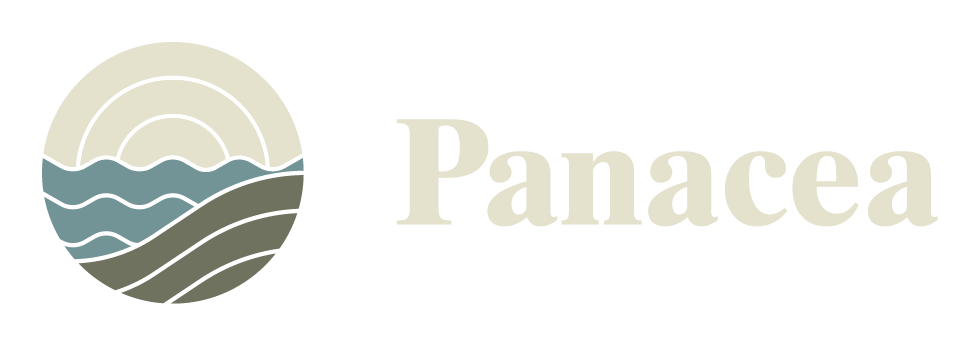The Tongass National Forest and Inside Passage
The term "Inside Passage" is commonly used to refer to the entire region: the land and islands, in addition to the waterways. Carved out by glaciers during the last ice age, it's characterized by more than 1,000 islands and islets, coves, fjords and coastal towns, each with its own character.
The Tongass is bordered by the Pacific Ocean and the Coast Mountains, which extend across the Canadian border into British Columbia. The vast coastal terrain is the world’s largest temperate rainforest, and its canopy consists of towering hemlock, Sitka spruce, and red and yellow cedar, and alder. Moss and ferns cover the ground, and lichens drape many trees.
Dense green forests, dramatic coastline dotted with islands and waterfalls, and tidewater glaciers spilling down from the mountains make up the varied landscapes of Tongass National Forest, spanning 500 miles across Alaska’s inside passage. Treasured by visitors and locals alike, the Tongass is the largest intact temperate rainforest in the world and the largest national forest in the United States.
The national forest received its name from the Tongass Clan of the Tlingit. Peoples, who, along with the Haida and Tsimshian Peoples, have lived in this area for thousands of years. More than 80 percent of Southeast Alaska is in Tongass, spanning 11,000 miles of coastline, and home to over 70,000 people living in 32 communities

